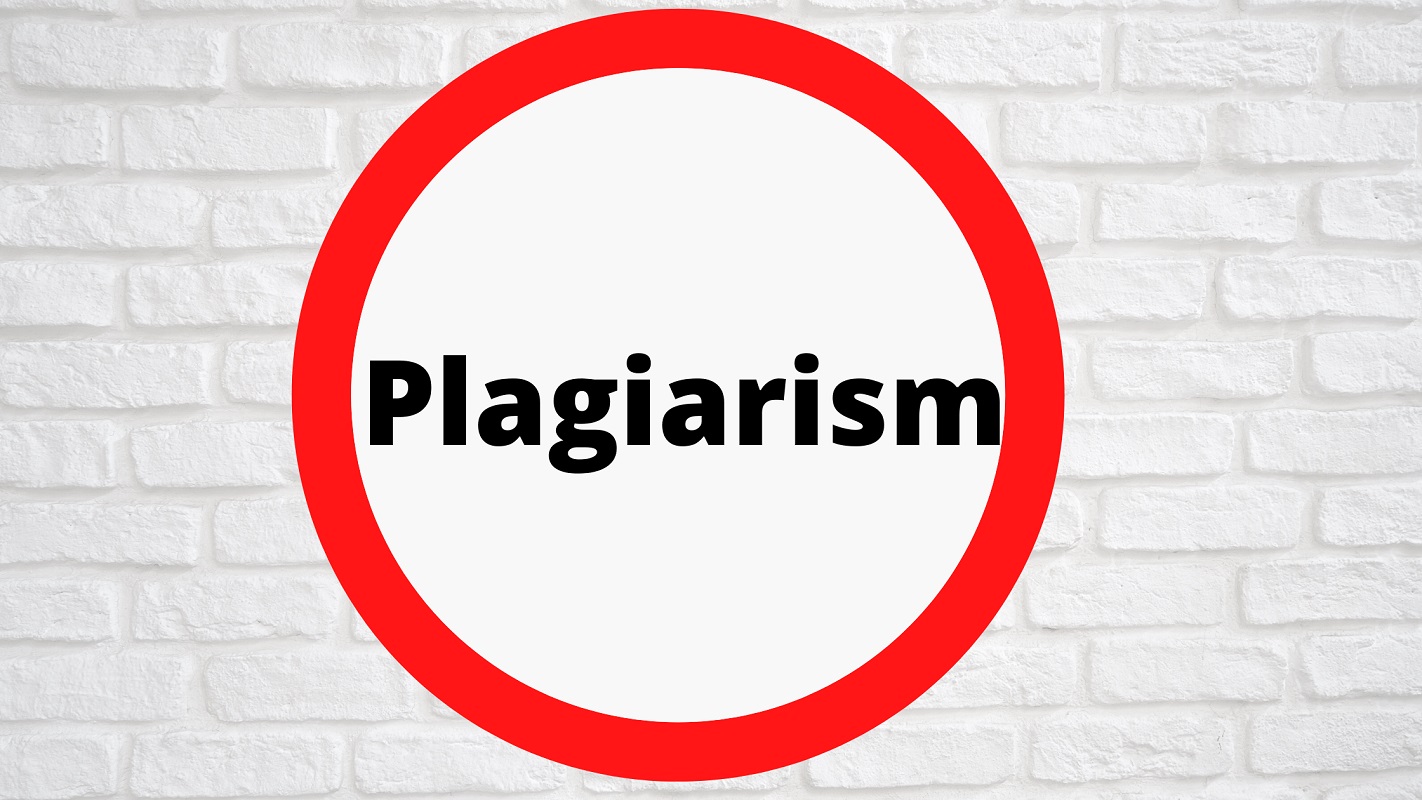Contents of this Post
TogglePlagiarism is the terrible act of literally stealing and using somebody’s work. It is a breach of trust and a monument to dishonesty. That’s why it is not looked upon favorably. In fact in the UK, universities have strict punishments related to plagiarism.
But the odd part is there aren’t any laws against plagiarism specifically. So, technically, plagiarism is not illegal. However, plagiarism is considered illegal if it breaches copyrights or contracts that specifically advise against plagiarism. Only in these circumstances is it considered illegal.
So, what are copyrights? In the UK people’s intellectual works are automatically protected by copyright law. This law is governed by the Copyright, Designs and Patents Act 1988 (CDPA). So, if a plagiarist uses a substantial amount of a copyrighted work without obtaining a license to use it first, they are subject to legal action.

However, even aside from that there are other consequences of plagiarism. Since our topic is related to business writing, let’s see the consequences of that.
Consequences of Plagiarism in Business Writing
Legally Pursued
In a business setting, there is a lot of room for getting legally pursued for plagiarism. If a business document such as a brochure or an advertisement uses copyrighted slogans or statements, then the company can be sued for damages by the copyright owner.
This is one scenario where plagiarism in business writing is punished legally. This punishment can result in financial loss because the company has to pay the copyright holder.
Bad Reputation
If it gets out that a company used plagiarized works in their business documents, then their reputation takes a hit. This results in a loss of trust because plagiarism is inherently a breach of trust because of its dishonest nature.
Customers of that company may stop dealing with them because of the lack of honesty which can result in massive losses.
Loss of Job
If plagiarism is attributed to one person only, then they can be fired for it. Companies will do that to protect their reputation and throw the plagiarist under the proverbial bus. That’s why people should be careful about plagiarism when writing business documents.
How To Detect Plagiarism
So, now that we know that plagiarism has so many pitfalls, how can we avoid it? Unfortunately, there is no real way to avoid plagiarism altogether. You can take several precautions such as citing your sources, asking for permission before using copyrighted work, and avoiding copy-pasting from other sources. However, accidents and mistakes can happen that result in accidental/unintentional plagiarism.
So, the better approach is to always check your work for plagiarism. The only reliable way to do that is to use a plagiarism detector. That is a type of online tool that can check your business documents and compare them to millions of sources.
They can check them to find out if they have used any copyrighted material and when they get a hit, they tell the user. Let’s see how you can find and use such a tool to detect plagiarism in your business writing.
Find a Plagiarism Detector
To find a plagiarism detector you should just Google any term related to plagiarism and pair it with any term related to detection. Any combination will work. You could also just type ‘plagiarism detector’ in the search bar and that would work too.
Anyway, this will show you some search results littered with plagiarism-checking tools. To be on the safe side, stick to page one and preferably select a tool that is in the top ten. One thing that you should look out for is the length of the business document you want to check. If it’s longer than 1,000 words, then be prepared to invest in paid tools.
To make the best choice, go read some reviews about the highest-ranked premium tools. If your content is short enough to be checked with free versions, then stick with them. In the end, your convenience matters, so choose what is more comfortable.
Check your Business Write-up
Once you have selected a good tool you need to input your content into it to check it. Simply copy your document and paste it into the tool. Most plagiarism detectors have a very conspicuous text box for inputting content.
If you are feeling adventurous you can also start writing your content directly into it. Many tools provide the option of uploading or importing files as well. So you can use those options if your content is too large to write or copy-paste into the plagiarism checker.
Once the input is done, click the button that starts the checking process. After a few seconds or minutes, you will receive a plagiarism report. This report provides all the information necessary that you need to deal with any plagiarism found in your work.
Act According to the Report
The report contains three key points that help to deal with plagiarism. They are:
- The exact amount of plagiarism in the work.
- The exact text/content that was plagiarized.
- And the sources from which the text was copied.
With this information, you know whether your content has too much plagiarism or not. Most of the time a little bit of plagiarism (less than 5%) is acceptable. So, you do not need to break your back trying to remove it. Of course, if the figure is larger, you can do two things:
- Remove the plagiarized parts completely.
- Cite the sources for the plagiarized parts.
This approach won’t work if there is a copyright issue so, our advice is to avoid those completely. And that’s all you need to know about laws for business writing and plagiarism.
Conclusion
So, we learned what plagiarism is, when and how it can infringe on copyrights, the possible consequences as well and the steps for detecting it. It’s all straightforward so don’t worry too much and just follow the steps provided to make sure that your business writing is free of plagiarism.
